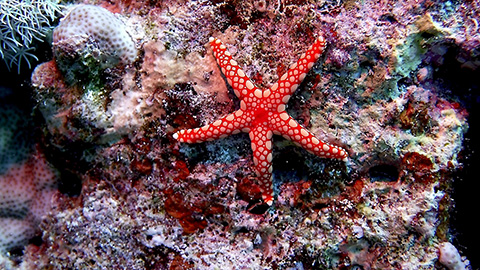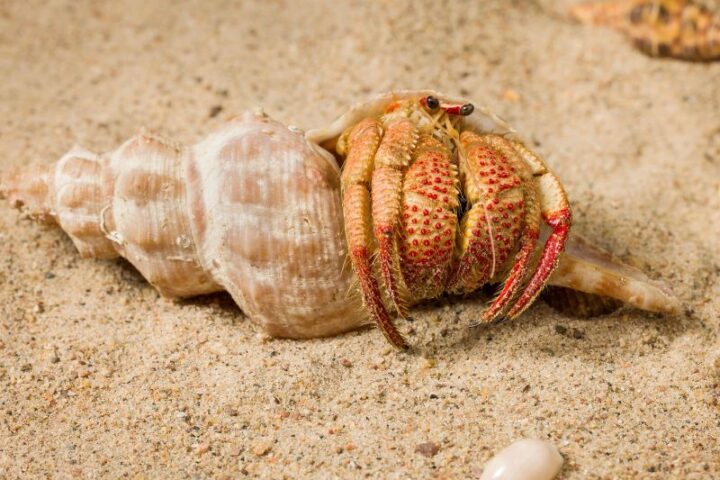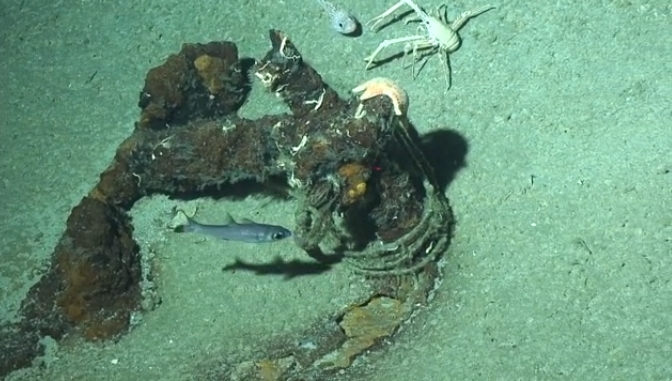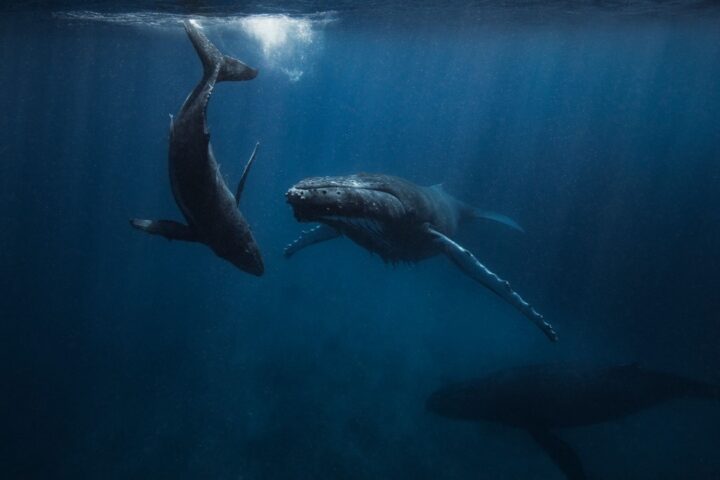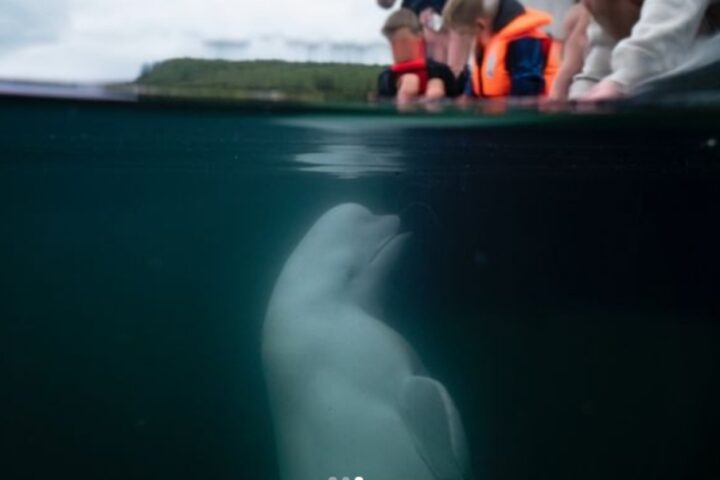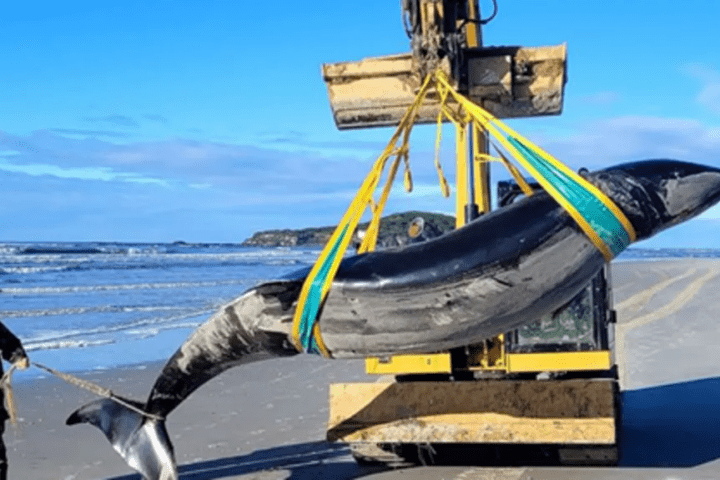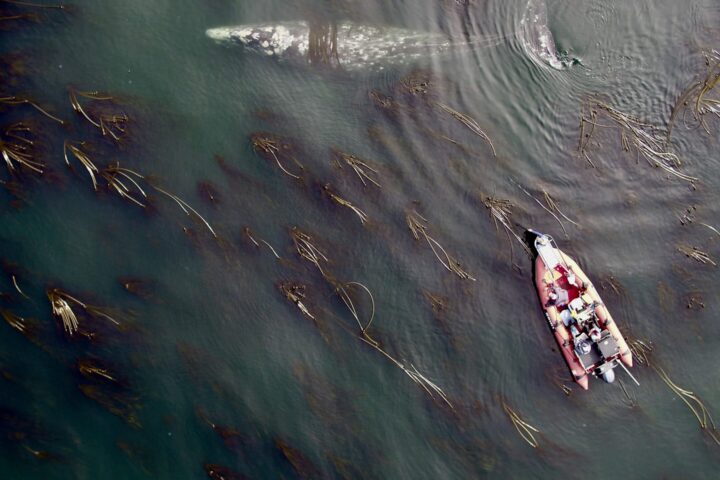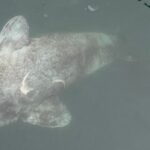The recent research involving the University of Southampton, published in Nature, offers groundbreaking insights into the evolution and body structure of echinoderms, a group that includes starfish, sea urchins, and sand dollars. This study, led by Laurent Formery and Professor Chris Lowe at Stanford University, in collaboration with Professor Dan Rokhsar at UC Berkeley and Pacific BioSciences, marks a significant advancement in our understanding of these unique creatures.
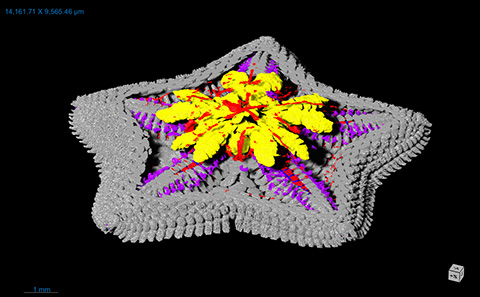
Echinoderms are known for their distinctive ‘fivefold symmetric’ body plan, which is a stark contrast to their bilateral ancestors. Bilateral organisms, like humans, have a left and right side that mirror each other. The mystery of how echinoderms evolved from such ancestors into their current form has long puzzled scientists. Dr. Jeff Thompson, a co-author of the study from the University of Southampton, highlights the challenge in relating the body parts of echinoderms to those of bilateral animals, noting the difficulty in discerning head, trunk, and tail sections in a starfish.
“How the different body parts of the echinoderms relate to those we see in other animal groups has been a mystery to scientists for as long as we’ve been studying them. In their bilateral relatives, the body is divided into a head, trunk, and tail. But just looking at a starfish, it’s impossible to see how these sections relate to the bodies of bilateral animals.”
– Dr Jeff Thompson, Co-Author, University of Southampton.
Similar Posts
The research team employed advanced molecular and genomic techniques to unravel this mystery. They focused on the development and growth of sea stars, using micro-CT scanning for detailed structural analysis. The team at Stanford then applied ‘RNA tomography’ and ‘in situ hybridization’ to create a three-dimensional map of gene expression in the sea star. This approach was pivotal in understanding where specific genes are expressed during development, particularly those controlling the development of the ectoderm, which includes the nervous system and skin.
Their findings revealed a surprising correlation between the midline-to-lateral axis of the sea star arms and the anterior-posterior (front-to-back) patterning found in other deuterostomes. The midline of the arm represented the front, while the outermost lateral parts were akin to the back. Intriguingly, in sea stars, many genes typically involved in the patterning of the trunk in bilateral animals were not expressed in the ectoderm at all.
Dr. Thompson explains that this lack of gene expression suggests that the entire echinoderm body plan is roughly equivalent to the head in other animal groups. This implies that echinoderms may have evolved their unique body plan by losing the trunk region of their bilateral ancestors, allowing them to move and feed differently from bilaterally symmetrical animals.
The study not only sheds light on the complex evolution of echinoderms but also opens new avenues for understanding these fascinating creatures. As Dr. Thompson, who has studied echinoderms for over a decade, remarks, these findings have radically altered his perception of this animal group.
This research, supported by the Leverhulme Trust, NASA, NSF, and the Chan Zuckerberg BioHub, represents a significant step forward in our comprehension of animal evolution and the diverse forms life can take. It underscores the intricate and often unexpected pathways through which nature’s myriad forms have evolved, offering a fresh perspective on the biological diversity that surrounds us.
This study not only unravels a long-standing mystery in the field of evolutionary biology but also highlights the importance of interdisciplinary collaboration and advanced technological approaches in scientific research. The insights gained from this study are not just limited to echinoderms but extend to a broader understanding of evolutionary processes and the genetic underpinnings of animal development.
